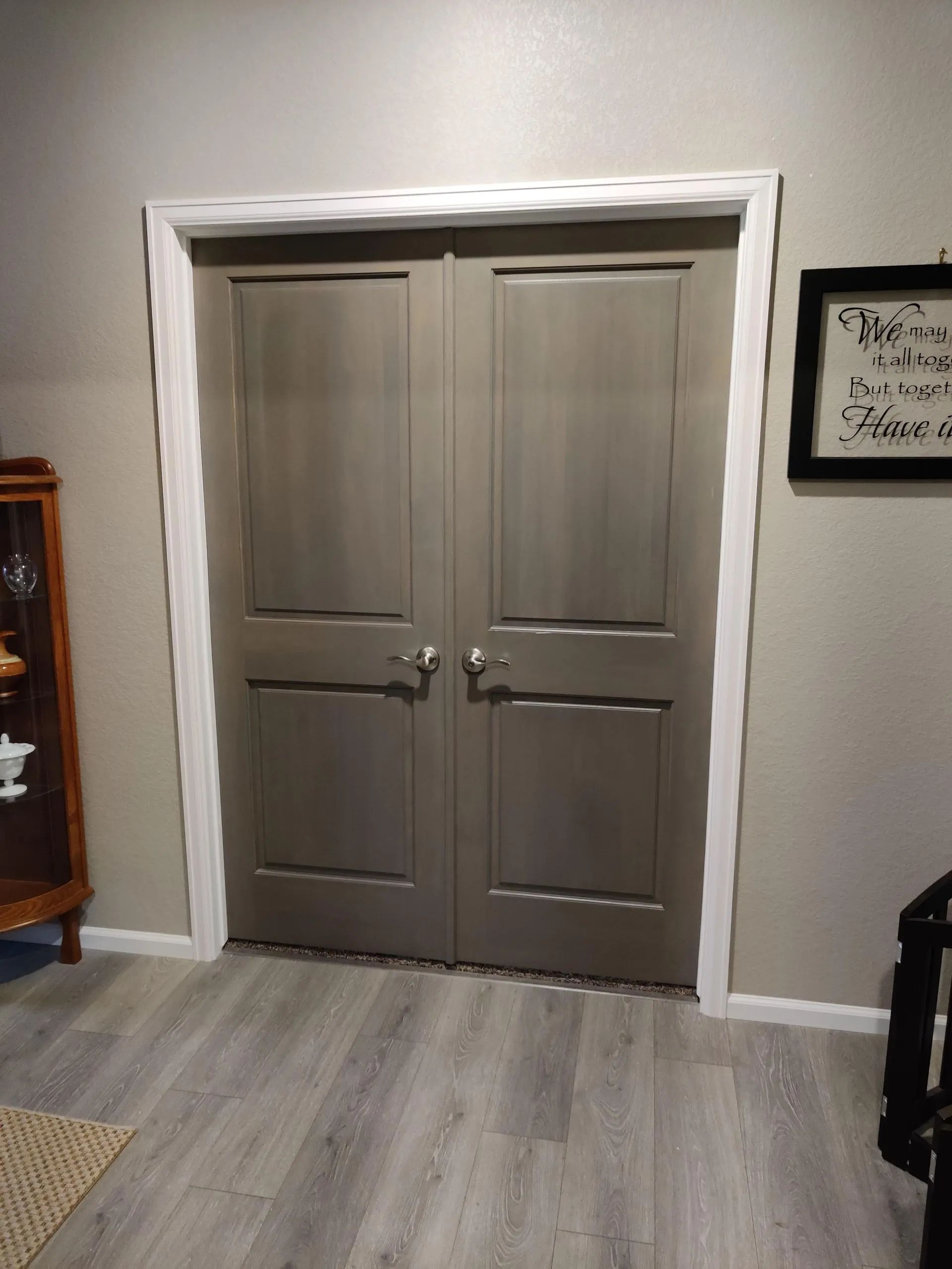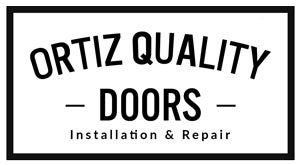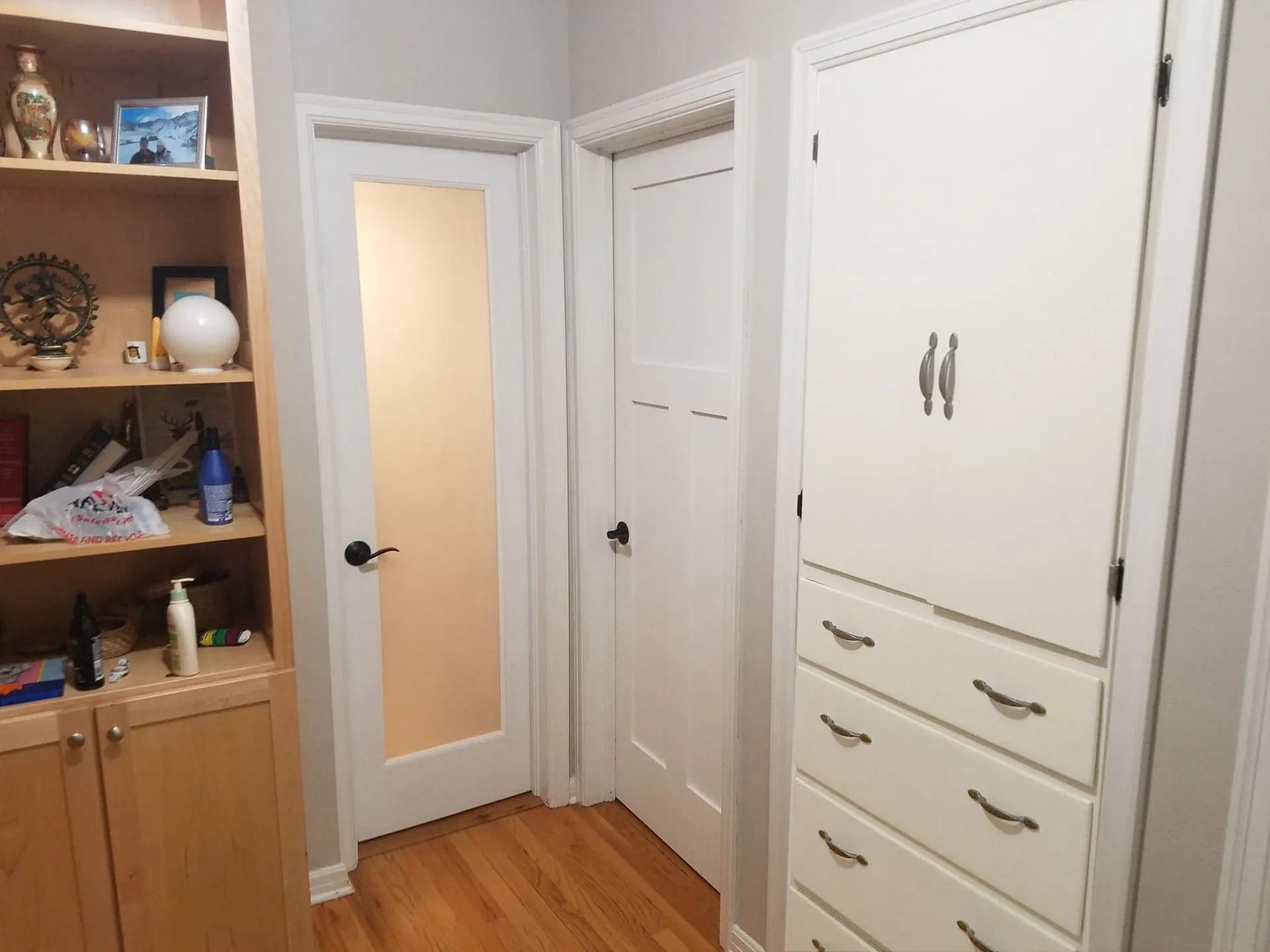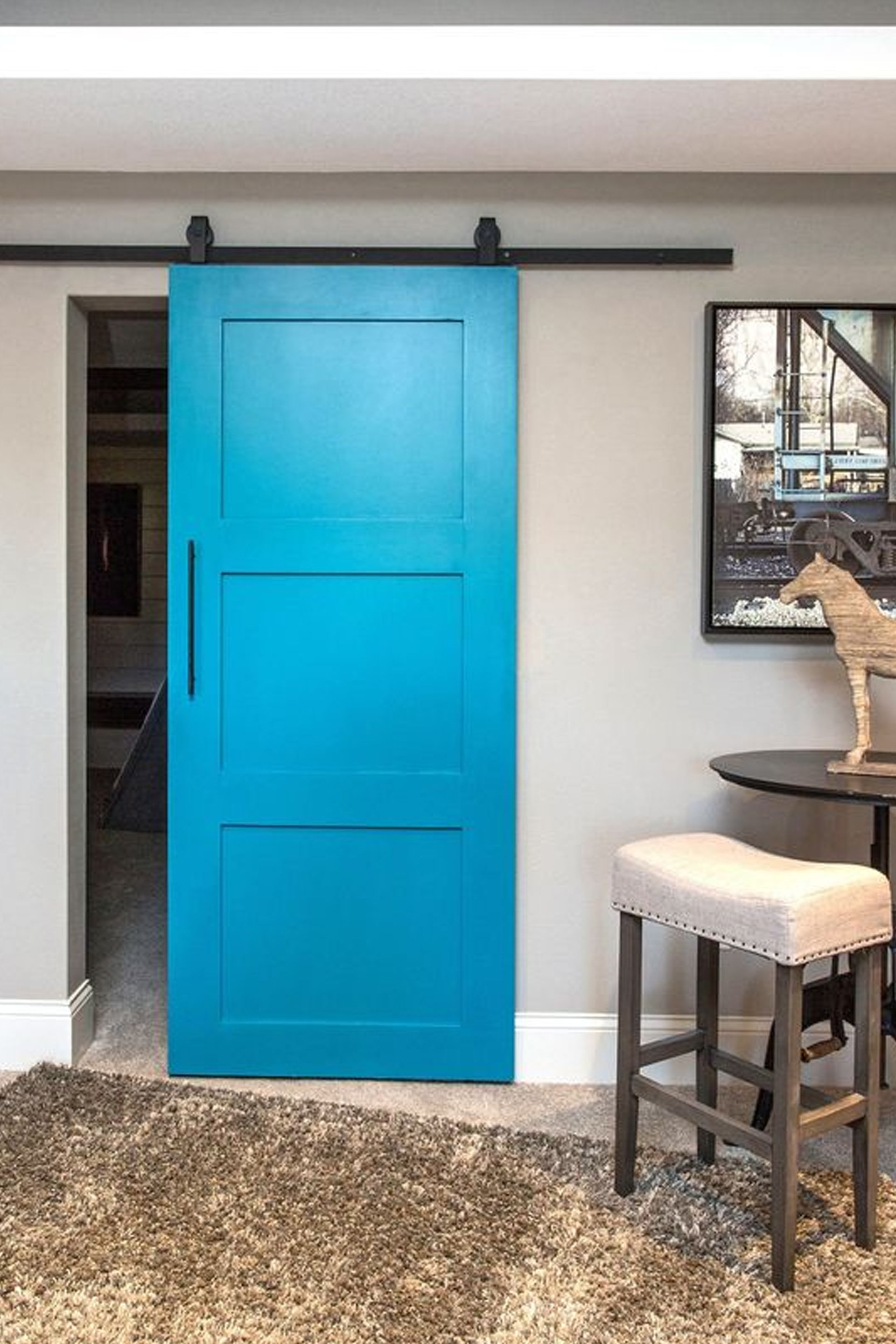5 Common Interior Door Problems and How to Fix Them
Interior doors are essential to the functionality and comfort of any home, but over time, they can develop problems due to frequent use, humidity, or settling foundations. Fortunately, most issues can be addressed with a few tools and basic know-how. Here are five common interior door problems and how you can fix them.
1. Door Sticks or Won’t Close Properly
A door that sticks or doesn’t close smoothly is usually caused by humidity or a misaligned frame. Wood can swell with moisture, or the house may have settled unevenly over time. First, identify where the door is rubbing—often it's at the top or side. Try tightening the hinge screws to adjust the door’s position. If that doesn’t work, use sandpaper or a hand planer to shave down the area causing the issue. For larger alignment problems, you might need to reposition the hinges or sand the entire edge.
2. Loose Door Hinges
Squeaky, sagging, or wobbly doors often have loose hinges. Over time, screws may strip or loosen from repeated opening and closing. Start by tightening the hinge screws using a screwdriver. If the screws spin without tightening, the screw holes may be stripped. A quick fix is to remove the screw, insert wooden toothpicks or matchsticks coated in wood glue into the hole, and then reinsert the screw. This provides a tighter grip. If hinges are rusted, replacing them entirely is a good long-term solution.
3. Door Won’t Latch
If your door closes but doesn’t latch, it’s usually a misalignment between the latch and strike plate. To check alignment, look for marks on the strike plate or listen for a click when closing the door. If the latch is too high or low, try loosening the strike plate and adjusting its position. In some cases, filing the strike plate opening slightly wider or repositioning the plate altogether will solve the issue. For latch problems caused by a sagging door, tightening or adjusting the hinges might be the first step.
4. Squeaky Hinges
Squeaky hinges are more of an annoyance than a structural issue, but they’re easy to fix. The most common solution is lubrication. Use a household lubricant like WD-40 or even a bit of petroleum jelly on the hinge pins. Remove the hinge pin, apply the lubricant, then replace it and swing the door open and closed a few times to spread it evenly. If the squeaking persists, check for rust or debris, which might require you to clean or replace the hinge altogether.
5. Cracked or Damaged Door Panels
Cracks, dents, or holes in interior doors—especially hollow-core doors—can be unsightly but are usually fixable. For small cracks, apply wood filler or putty, let it dry, sand it smooth, and repaint. For larger holes, especially in hollow doors, use a patch kit or fill the area with expanding foam, then cover with putty and paint. Solid wood doors may require more extensive repairs or even replacement if the damage is severe.
While some door issues are easy DIY fixes, others may require professional attention to ensure lasting results. At Ortiz Quality Doors
in Aurora, Colorado, we bring 15
years of experience to every job, handling everything from minor repairs to complete
interior door replacements. If your interior doors are sticking, squeaking, or showing signs of damage, don’t wait—contact us today for quality solutions that last.



